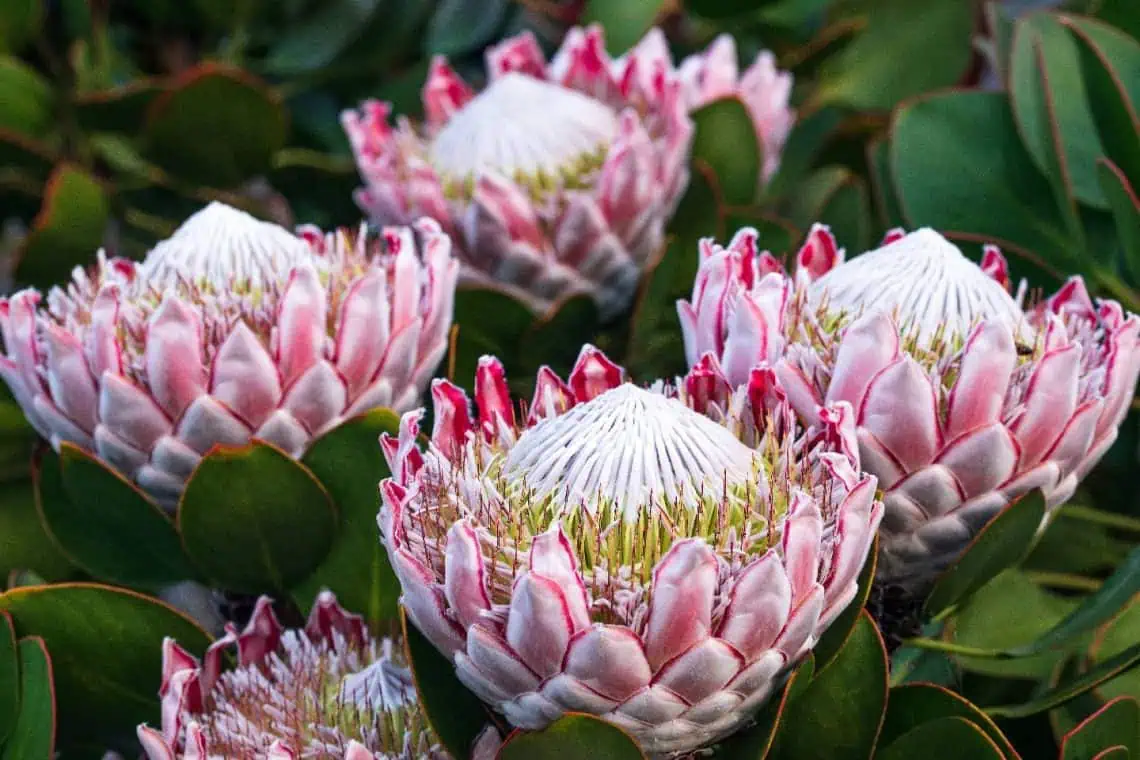As South Africa faces increasing drought risks and biodiversity loss, the World Wide Fund for Nature (WWF) South Africa is renewing its call for homeowners and communities to embrace indigenous gardening. The October 19 campaign highlights the value of planting native species to support pollinators, conserve water, and restore balance to local ecosystems. By going native, gardeners can create beautiful, resilient spaces that thrive naturally while reducing maintenance and resource use.
South Africa’s unique biomes—such as the Fynbos and Succulent Karoo—host thousands of endemic plant species evolved to withstand local conditions. Indigenous plants require less water and fewer chemicals than exotic varieties, making them ideal allies in the fight against climate change. Whether in an urban courtyard or a suburban yard, planting proteas, aloes, and hardy succulents helps safeguard biodiversity while saving money and water.
Why Native Plants Matter
Native gardening goes beyond aesthetics—it’s a sustainable response to a changing climate. Xeriscaping with indigenous species reduces water use by up to 50% compared to traditional lawns. These plants are naturally suited to local soils and rainfall patterns, meaning they flourish with minimal intervention.
They also play a vital ecological role. Indigenous flowers feed native bees, butterflies, and birds that pollinate both wild and cultivated plants. Deep-rooted species stabilise soil, prevent erosion, and support a web of life that sustains South Africa’s delicate ecosystems. WWF’s conservation work across the Fynbos and Karoo underscores the urgency—without native flora, many pollinators and wild food plants risk extinction within decades.
Proteas: South Africa’s Iconic Bloom
The protea, South Africa’s national flower, embodies the beauty and resilience of the Fynbos. Its striking, nectar-rich blossoms attract sunbirds and bees, providing both colour and ecological value. Once established, proteas thrive in sunny, well-drained soil and require little watering. To plant them successfully, use slightly acidic soil, water deeply but infrequently, and mulch with bark or gravel to retain moisture.
Varieties like the King Protea (Protea cynaroides) make bold focal points, growing up to two metres tall. Their natural drought tolerance makes them perfect for rain-fed gardens and aligns with WWF’s ongoing efforts to promote water stewardship nationwide.
Succulents: Small Plants, Big Impact
Succulents are champions of water conservation, storing moisture in their thick leaves and stems. Found abundantly in the Succulent Karoo—one of the world’s biodiversity hotspots—these plants are both beautiful and practical. Species such as Aloe vera, Crassula ovata (jade plant), and Echeveria add structure and texture to gardens while needing minimal care.
For best results, plant succulents in well-draining soil with ample sunlight. Water sparingly, allowing soil to dry completely between watering sessions. In urban environments, container gardens or rock beds of mixed succulents not only save water but also reduce stormwater runoff and improve air quality. By cultivating these species at home, gardeners help protect the region’s fragile biodiversity.
Practical Eco Tips for Every Gardener
WWF’s message is simple: start where you are. Even small changes can have a big environmental impact. Begin by assessing your soil and light conditions, then choose native plants suited to your area. Use mulch to lock in moisture, install rain barrels for irrigation, and replace synthetic fertilisers with organic compost. These sustainable steps create self-sufficient gardens that thrive year-round.
- Mix native species such as proteas, grasses, and succulents for a balanced ecosystem.
- Use drip irrigation to deliver water directly to plant roots.
- Encourage wildlife by avoiding pesticides and adding birdbaths or bee hotels.
- Join local gardening groups or WWF initiatives to exchange knowledge and seeds.
Global Inspiration for Local Action
Across the world, communities are turning to native plants as a response to climate pressure. In regions facing long droughts, gardeners are proving that sustainability and beauty can coexist. From coastal cities to inland farms, the movement to restore native ecosystems through gardening is gaining ground—showing that individual choices can drive global change.
Plant the Change
WWF South Africa’s October 19 initiative is more than a campaign—it’s a call to action. By planting indigenous species, conserving water, and welcoming pollinators, each garden becomes a small act of climate resilience. Together, these efforts nurture biodiversity, strengthen communities, and ensure a greener future for generations to come.
